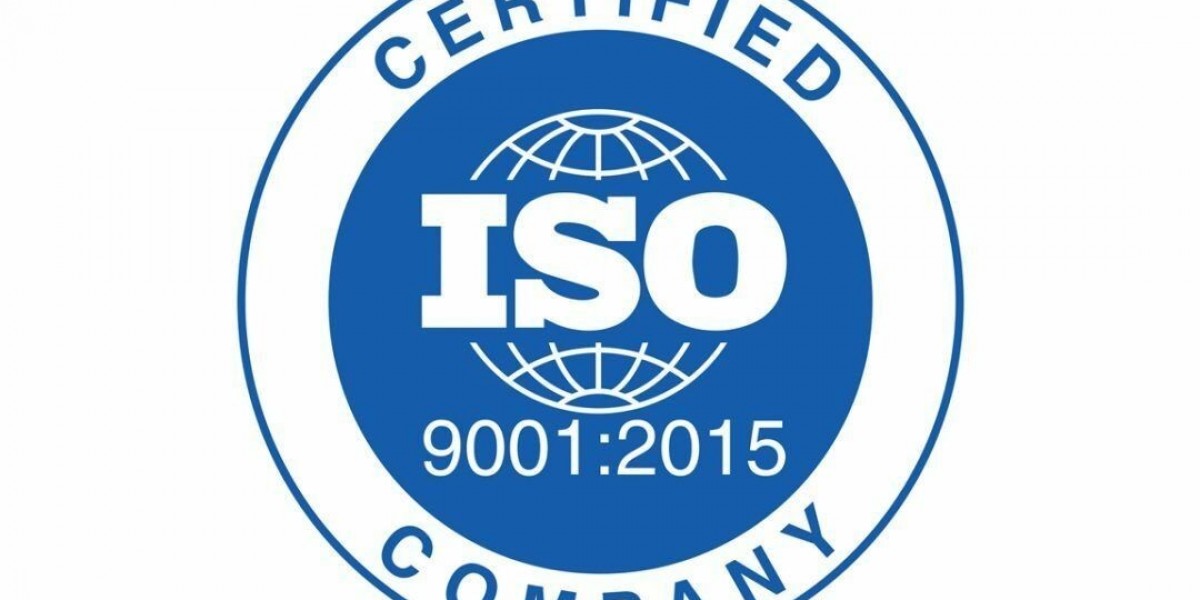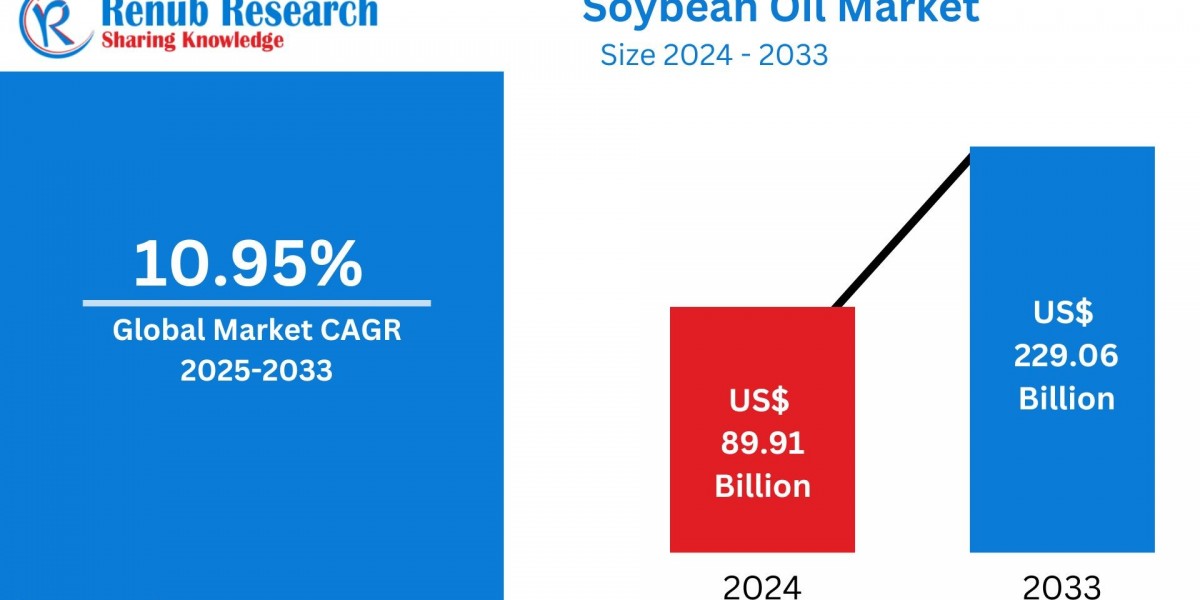Table of Contents
Understanding ISO 9001 Certification
Why ISO 9001 Matters in Today’s Business World
The Core Principles of a Quality Management System (QMS)
The ISO 9001 Certification Process Explained
Benefits of ISO 9001 Certification
Key Challenges During ISO 9001 Implementation
Tips for a Successful ISO 9001 Journey
Continuous Improvement: The Heartbeat of ISO 9001
Real-World Impact: Case Examples
Conclusion
FAQs
Understanding ISO 9001 Certification
Let’s get this straight—ISO 9001 isn’t just a fancy label to put on your website. It’s a globally recognized standard for a Quality Management System (QMS). Think of it like the blueprint for building consistent quality into your business from the ground up.
Developed by the International Organization for Standardization (ISO), ISO 9001 lays out a framework that organizations can follow to ensure they meet customer and regulatory requirements consistently. And the best part? It’s totally scalable—whether you're running a solo operation or a multi-national company.
Why ISO 9001 Matters in Today’s Business World
We live in a world where one bad review can sink your reputation. Customers expect reliability, consistency, and quality—and rightly so. ISO 9001 helps businesses deliver just that. It tells clients, “Hey, we’ve got our act together, and we’re serious about quality.”
From manufacturing to service sectors, companies that achieve ISO 9001 certification stand out as more trustworthy, more professional, and more customer-focused. And in highly competitive industries, that edge is gold.
The Core Principles of a Quality Management System (QMS)
ISO 9001 isn’t just about having a process—it’s about having the right process. Let’s break down the seven key principles that form the backbone of a solid QMS:
1. Customer Focus
Everything starts and ends with your customers. Their satisfaction is the driving force behind every ISO-compliant system.
2. Leadership
Strong direction equals strong results. ISO 9001 requires leadership commitment to quality and strategic alignment.
3. Engagement of People
People aren’t cogs in a machine—they’re your greatest asset. ISO 9001 promotes active employee involvement at all levels.
4. Process Approach
Why reinvent the wheel each time? Streamlining processes ensures efficiency and predictability.
5. Improvement
A business that doesn’t evolve, dissolves. Continuous improvement is baked into ISO 9001.
6. Evidence-Based Decision Making
Gut instinct has its place, but ISO 9001 urges decisions backed by solid data.
7. Relationship Management
Strong supplier and stakeholder relationships mean smoother operations and fewer surprises.
The ISO 9001 Certification Process Explained
Getting certified doesn’t happen overnight. Here’s how the journey usually unfolds:
Step 1: Gap Analysis
Where are you now? Where do you need to be? This stage helps you identify what needs changing.
Step 2: QMS Development
Time to document your processes, policies, and procedures. Think of it as your company’s instruction manual.
Step 3: Implementation
Now it’s showtime. Put those policies into action and start training your team.
Step 4: Internal Audit
Catch the bugs before the certifiers do. This internal check ensures everything’s running smoothly.
Step 5: Certification Audit
An external body reviews your system to ensure it aligns with ISO 9001 standards.
Step 6: Certification
You did it! Now you get that coveted certificate (and bragging rights).
Benefits of ISO 9001 Certification
So what’s in it for you, really? A lot. Here are some top perks of being ISO 9001 certified:
Enhanced credibility: Clients and partners take you more seriously.
Operational efficiency: Less waste, more output.
Customer satisfaction: Happy customers = repeat business.
Risk management: You’ll spot issues before they become disasters.
Global market access: ISO 9001 is your passport to international deals.
Employee morale: Clear roles, less stress, better engagement.
Key Challenges During ISO 9001 Implementation
No sugarcoating here—getting certified takes effort. Here are a few bumps you might hit along the way:
Resistance to change: Not everyone loves shaking up old habits.
Documentation overload: Paperwork, paperwork, and more paperwork.
Training gaps: Your team may need upskilling to adapt.
Time constraints: Balancing day-to-day work and ISO efforts can be tricky.
But here’s the good news—every challenge is manageable with the right mindset and planning.
Tips for a Successful ISO 9001 Journey
Want a smooth ride to certification? These tips can help:
Start with leadership: If your leaders aren’t on board, no one else will be.
Keep it simple: Don’t over-engineer your QMS.
Use templates: Save time with pre-made ISO documentation templates.
Train your team: Regular training prevents confusion down the line.
Get expert help: Consider working with a consultant if you're short on experience.
Continuous Improvement: The Heartbeat of ISO 9001
Unlike a one-time achievement, ISO 9001 is about constantly evolving. It’s the difference between maintaining a garden and just planting a seed. You'll need regular audits, team feedback, and system updates to stay compliant and relevant.
Companies that embrace continuous improvement not only maintain certification—they thrive with it.
Real-World Impact: Case Examples
Let’s talk about results. Here are a few real-world snapshots:
Manufacturing Firm: Reduced defects by 45% within a year of ISO 9001 implementation.
IT Service Company: Boosted customer retention by 30% due to enhanced service protocols.
Healthcare Provider: Cut administrative errors in half, leading to smoother patient experiences.
These are just a few examples of how ISO 9001 can become a game-changer for businesses of all sizes.
Conclusion
In a world where quality speaks louder than words, ISO 9001 certification is your business’s megaphone. It doesn’t just prove you’ve got a handle on things—it proves you’re committed to doing them better every single day.
From improving internal operations to winning more clients, ISO 9001 opens doors you didn’t even know existed. So if you're serious about delivering excellence and growing sustainably, this certification is your starting point.
FAQs
1. What is the difference between ISO 9001 certification and ISO compliance?
ISO 9001 certification involves formal third-party verification, while compliance means your systems align with ISO standards but aren’t independently certified.
2. How long does it take to get ISO 9001 certified?
It typically takes between 3 to 6 months depending on your organization's size and current state of processes.
3. Do small businesses need ISO 9001 certification?
Absolutely! It’s scalable and especially beneficial for startups and small businesses looking to build trust and compete in bigger markets.
4. Is ISO 9001 certification permanent?
Nope. It’s valid for three years, with annual surveillance audits and a full re-certification at the end of the cycle.
5. How much does ISO 9001 certification cost?
Costs vary based on company size, industry, and complexity. Expect expenses for audits, training, and possibly consulting help.
Sponsored article: Unlocking Growth with a Verified Germany Email List: A Marketer’s Guide
































